
April 16, 2024
Bordeaux 2023 at C&B: setting the scene
It’s going to be an early, quick campaign. That, at least, is the word from Bordeaux. We’d better get started then. We are going to do things a little differently this year, in our communications...

April 5, 2024
How Rosé is Made
By Tiffany Vernon Approx time to read: 3 minutes Rosé is a wine style that isn’t taken too seriously but it is perhaps more nuanced than you might think. Achieving a pretty pink hue to a wine requi...

April 2, 2024
Wine and art: parallels between aesthetics with THE TAGLI
Guest Blog by Bella Blake, THE TAGLI Approx read time: 5 minutes Bella Blake – Director ?...
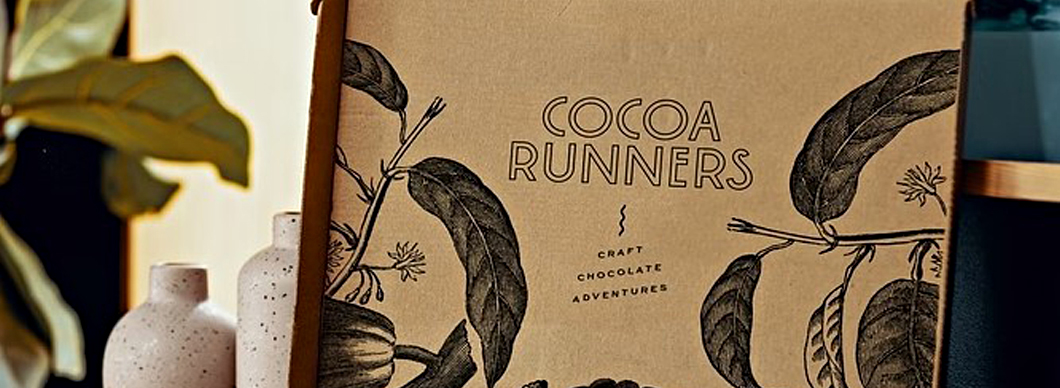
March 25, 2024
Wine and Chocolate: The Perfect Pairing
Spotlight on Spencer Hyman Approx read time: 5 minutes Over a decade ago, leading chocolate aficionado Spencer Hyman co-founded Cocoa Runners with Simon Palethorpe. Although his career began in th...
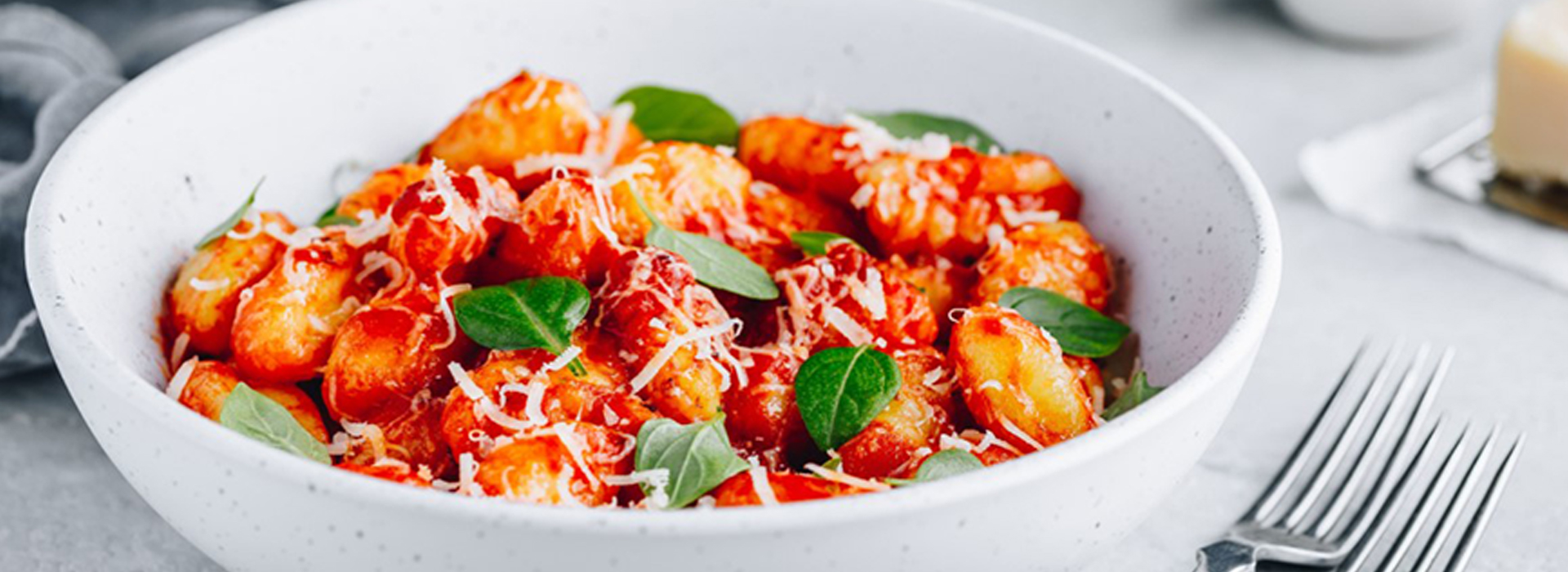
March 21, 2024
Wild Garlic & Ricotta Gnocchi
These are very easy to make with the wild garlic that grows in our woods and hedgerows at this time of year. Ingredients: Big handful wild garlic – finely chopped small handful parsley...
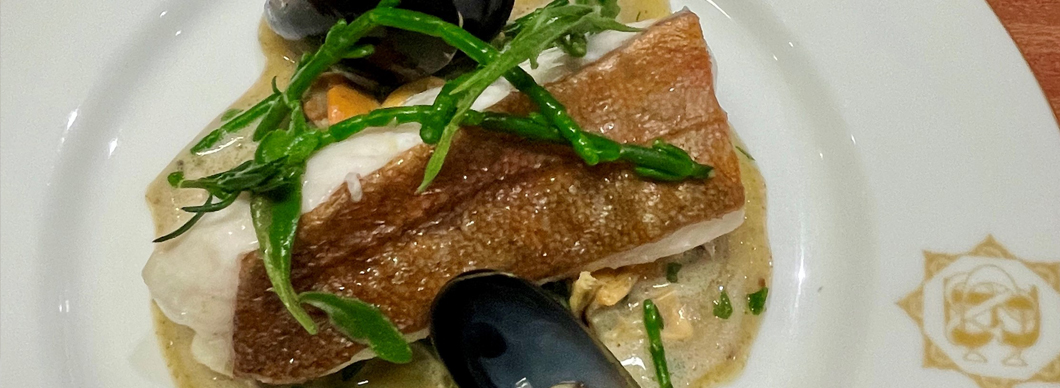
March 19, 2024
Fillet of Gurnard with Mussel Butter
Serves 4 as a starter, 2 as a main course There are some lovely large gurnard in the fishmongers at this time of year – ask them to fillet them for you and remove the small...
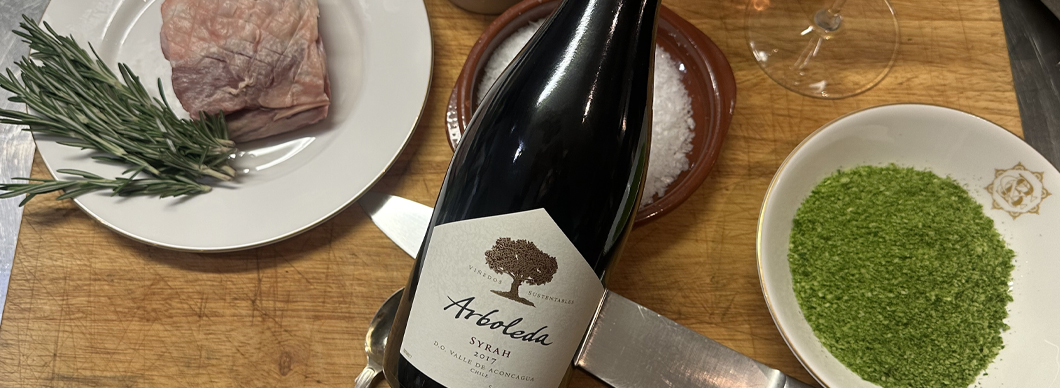
March 19, 2024
Rack of lamb, herb crust, dauphine potatoe
For four people Ingredients: Lamb: Rack of lamb “French Trimmed” – allow 3-4 bones per person, depending on the size of the rack A handful of mixed herbs -to include at least 3 of the follo...
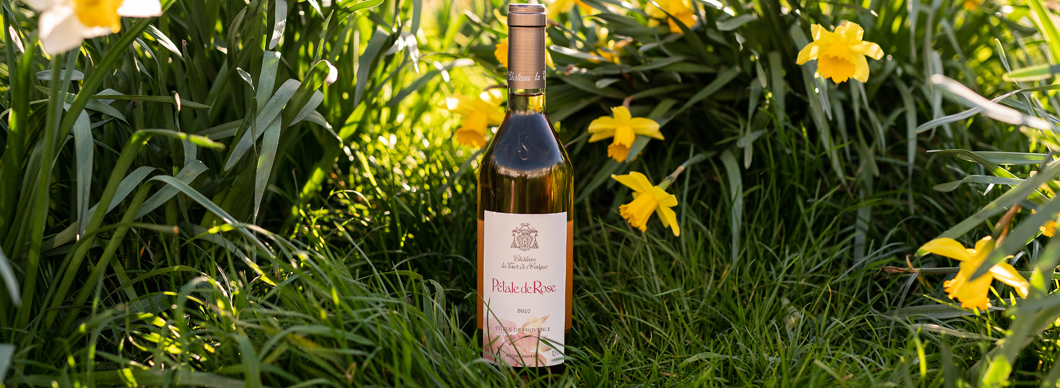
March 18, 2024
Wine pairings for those difficult-to-match ingredients
Herbs, spices and dishes that are every wine lover’s nightmare! By Tiffany Vernon Approx 10 minute read When you’re a wine lover through and through, like me, it can be to your detriment. ...
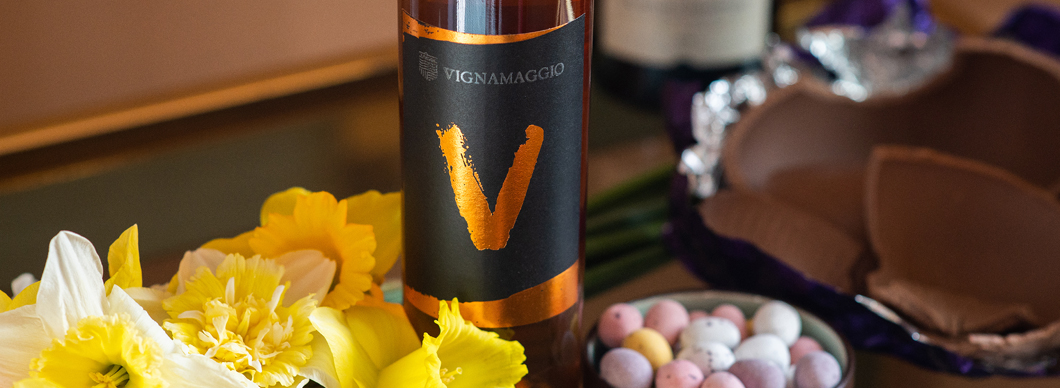
March 18, 2024
Chocolate and Easter-spiced ricotta tart
Recipe by Helen White – from her blog helskitchen.co.uk. Makes: 1 tasty tart Takes: c. 45 mins prep + at least 30 mins chilling time for the pastry (you can make this the night/2 nights before bu...

March 12, 2024
Women in Wine: Celebrating the ladies of Corney & Barrow
Approx read time: 4 minute read Continuing our celebration of women in wine, we wanted to shine a spotlight on some of our own ladies! As a company whose workforce is predominantly female, it is fair ...
